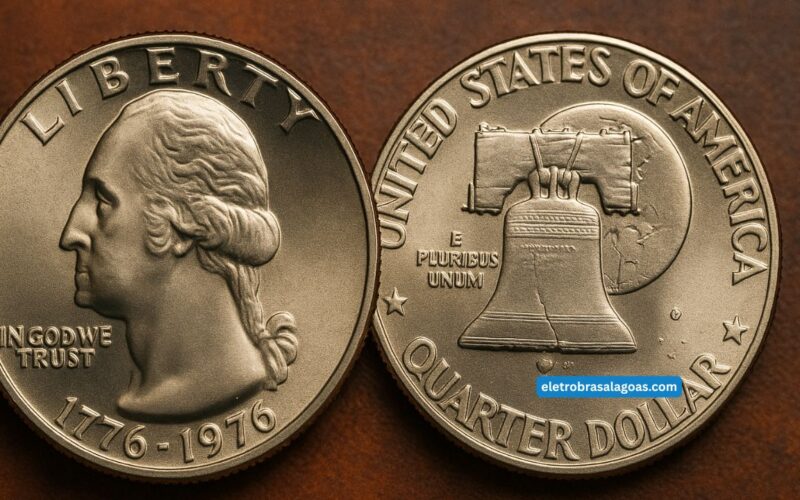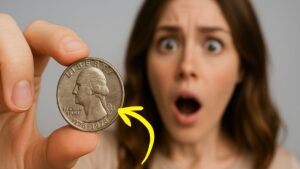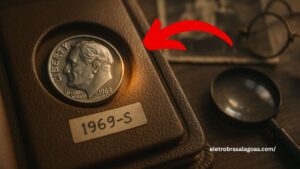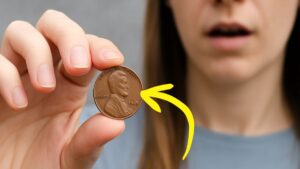In the world of numismatics, certain coins transcend their face value to become treasures worth millions.
Among these, the 1976 Bicentennial quarter stands out—not for its commemorative design, but for the rare and valuable specimens that have surfaced over the years.
While most of the nearly 1.7 billion minted are worth just 25 cents, a select few have fetched astonishing prices at auctions. Could one of these rare coins be hiding in your pocket change?
Understanding the Bicentennial Quarter
The 1976 Bicentennial quarter was issued to commemorate the United States’ 200th anniversary. Unlike regular quarters, these feature a special reverse design of a colonial drummer and the dual date “1776–1976.” They were minted in three locations:
- Philadelphia (P): Approximately 809 million minted
- Denver (D): Around 860 million minted
- San Francisco (S): Approximately 4.9 million uncirculated and 4.1 million proof versions minted
Most of these coins are clad in cupronickel, but special silver-clad versions were also produced for collectors.
Top 5 Most Valuable 1976 Bicentennial Quarters
| Rank | Coin Type | Mint Mark | Grade | Auction Price |
|---|---|---|---|---|
| 1 | 1976-S Silver Business Strike | S | MS69 | $19,200 |
| 2 | 1976-S Silver Proof Deep Cameo | S | PR69DCAM | $13,500 |
| 3 | 1976-D Double Die Obverse | D | MS66 | $8,400 |
| 4 | 1976-D Clad Quarter | D | MS68 | $6,463 |
| 5 | 1976-S Silver Proof | S | PR68 | $5,000 |
Factors Influencing Value
Several key elements determine the value of a Bicentennial quarter:
- Mint Mark and Location: Coins from San Francisco (S) are generally more valuable due to their lower mintage.
- Condition and Grade: Coins graded MS68 or higher are considered in excellent condition and are more sought after.
- Minting Errors: Errors such as double die obverse (DDO) or overstruck coins can significantly increase a coin’s value.
- Silver Content: Silver-clad coins (40% silver) are rarer and more valuable than their cupronickel counterparts.
Identifying Rare Bicentennial Quarters
To determine if your quarter is a rare and valuable specimen:
- Check the Mint Mark: Look for the mint mark on the obverse side. An “S” indicates it was minted in San Francisco.
- Assess the Condition: Examine the coin for wear and tear. Coins in mint condition (MS68 or higher) are more valuable.
- Look for Errors: Search for noticeable minting errors like doubled letters or off-center strikes.
- Verify Silver Content: Use a magnet to check if the coin is silver-clad. Silver coins are non-magnetic, while cupronickel coins are magnetic.
While the majority of 1976 Bicentennial quarters are worth only their face value, a select few have become highly prized collectibles, with some fetching prices up to $94 million.
By carefully examining your coins for mint marks, condition, and potential errors, you might just discover a hidden gem in your change.
If you believe you have a rare coin, consider consulting a professional numismatist or submitting it to a reputable grading service for evaluation.
FAQs
What makes a 1976 Bicentennial quarter valuable?
A 1976 Bicentennial quarter’s value is influenced by its mint mark, condition, grading, and any minting errors it may have. Silver-clad versions and coins with unique errors are particularly valuable.
How can I tell if my quarter is silver-clad?
Silver-clad quarters have a 40% silver content. You can use a magnet to test: silver is non-magnetic, while cupronickel is magnetic.
Where can I get my coin appraised?
You can have your coin appraised by professional numismatists or submit it to grading services like the Numismatic Guaranty Corporation (NGC) or Professional Coin Grading Service (PCGS) for evaluation.




